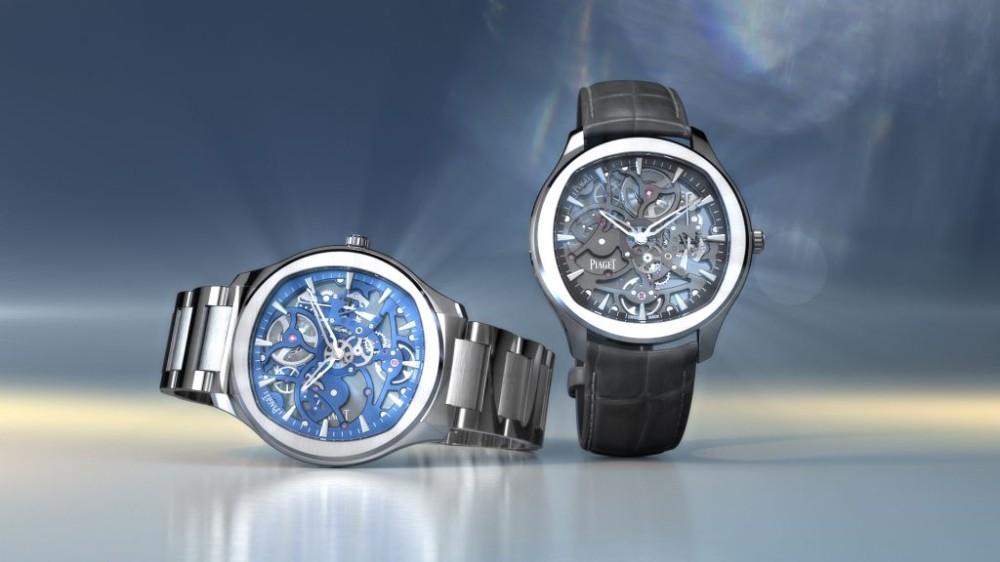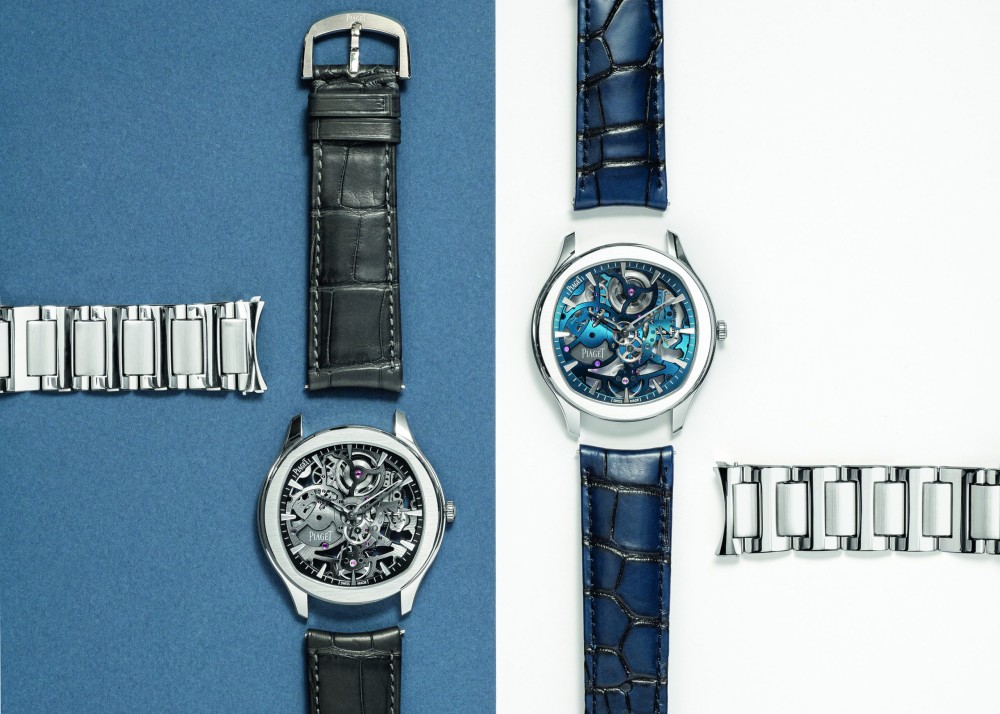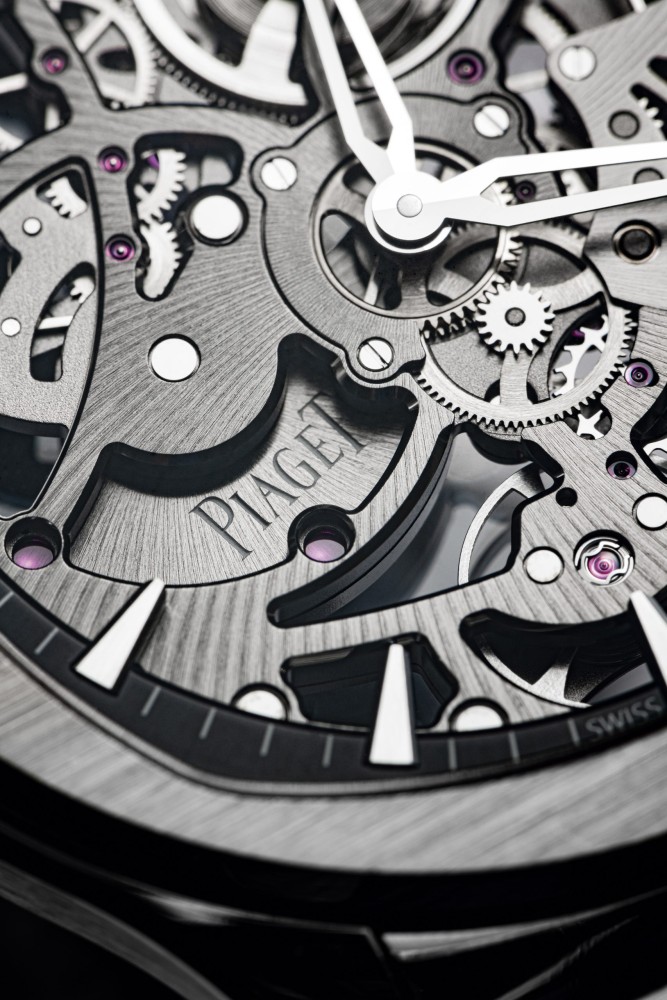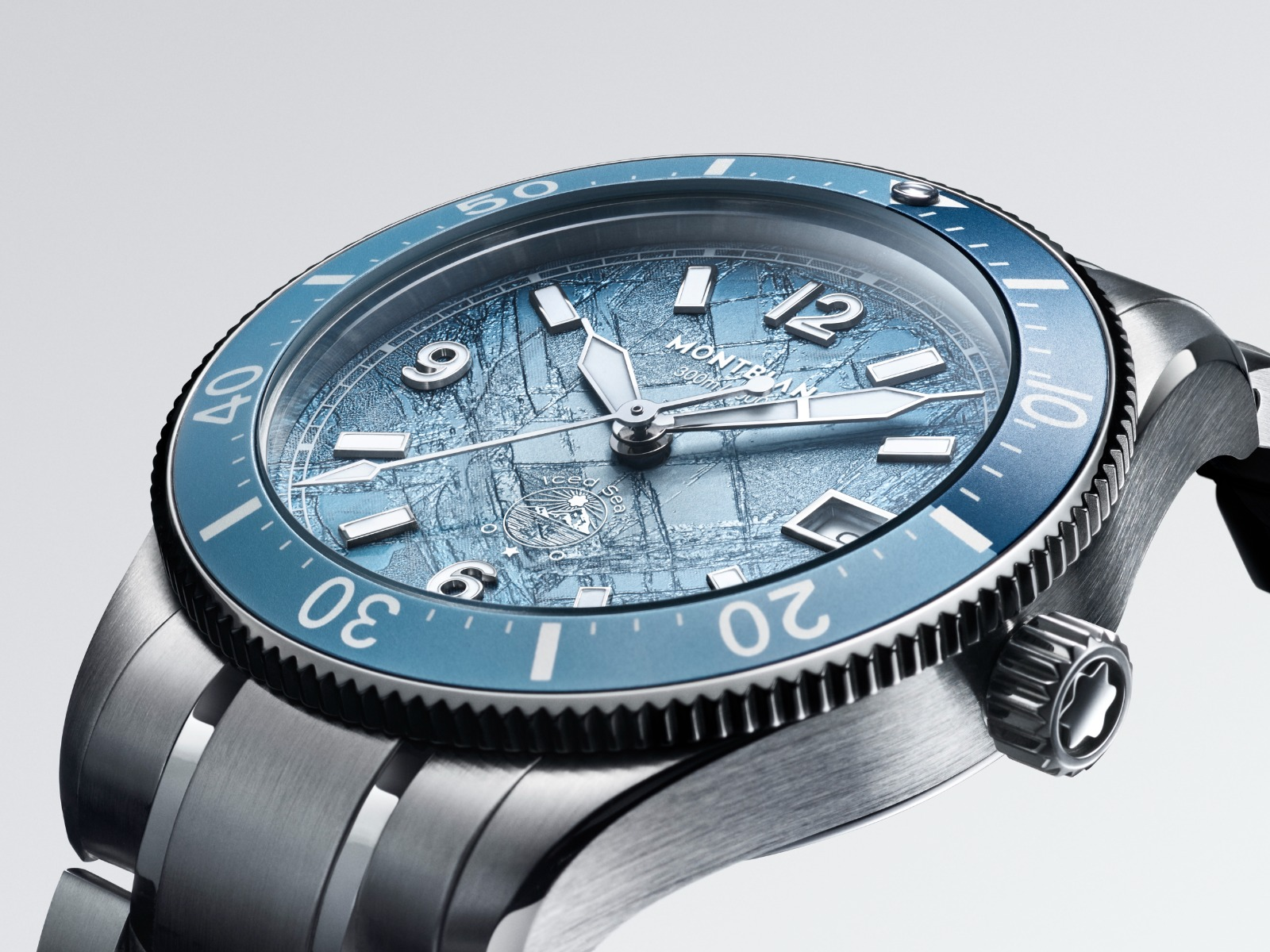Piaget Polo Skeleton: A new feat in watchmaking
Mar 25, 2021
In the world of watchmaking, there is nothing that demonstrates the art of horology more beautifully than ‘skeletonisation’, which is basically reducing the dials and movements to a bare minimum in order to reveal the beating heart of a mechanical timepiece.
Now, Swiss luxury watchmaker Piaget, who’s been producing skeleton watches for over half a century, has just introduced their latest skeleton watch for 2021 – the Piaget Polo Skeleton. First introduced in 1979, let’s take a trip back in time to find out what makes the Piaget Polo Skeleton an amalgamation of history, skill, and style.

The first Piaget skeleton watches
The very first Piaget skeleton watches were made in the 1970s and attracted a high-profile following immediately. One of the early adopters was Miles Davis, the world-famous trumpeter and jazz legend who always carried a briefcase of select timepieces before a show.
It’s said that right before he’d appear on stage, Davis would peer into his briefcase to pick out his ‘watch of the night’. More often than not, he could be seen wearing a gold Piaget skeleton on his wrist as he swayed and jived to the beat.

Ultra-thin skeletons
Piaget has long been renowned for designing mechanisms of remarkable slimness. The ‘skeletonisation’ of Piaget watches aims to marry beauty and functionality by developing calibres that are meticulously thin. The watch-making brand set multiple records along the way by unveiling the thinnest skeleton movements known to the world, incorporating tourbillons, moon phase displays, exquisite enamelling, diamond settings, and automatic winding.
The Piaget Polo Skeleton
Now, the newest addition to Piaget’s latest adventure in skeleton watch-making has arrived. It is a fully skeletonised version of its celebrated Piaget Polo, a groundbreaking and iconic luxury Piaget sports watch created in 1979. With the new Piaget Polo Skeleton, the epochal watch is brought back from the ’70s and into the future.
In order to develop the Piaget Polo Skeleton, Piaget’s designers had to consider the components of the Polo that made it instantly recognisable. These components included its curved case with a round bezel, the cushion-shaped dial opening, and its slim profile.
But perfecting the Polo Skeleton came with its own slew of problems. The Polo Skeleton case needed to be 30% thinner than existing versions. The challenge was to maintain the bold and unmistakable look and personality of the Piaget Polo while achieving a combination of elegance, usability, and comfort through the thinnest case ever seen on the model.
The designers and engineers at Piaget came up with nothing short of a wearable piece of art – a 42mm steel-cased sports watch measuring just 6.5 mm thick and powered by Piaget’s 1200S1 self-winding, manufacture movement, a wafer-like 2.4mm thin.
But despite the pared-down components, the Polo Skeleton is still as robust, reliable, and practical as other models – featuring 44 hours of power reserve and water resistance. The satin-finished ‘H’ design bracelet that has become synonymous with the Piaget Polo has been revised to provide an interchangeable function for this specific model.
Owners of the Polo Skeleton also have the option to swap in an interchangeable leather strap with almost no effort at all, adding to its versatility and already distinctive character.
The new Polo Skeleton comes in two colours, the first in Piaget Blue PVD and the second in a stylish slate gray. A clear sapphire crystal case back allows the highly detailed movement to be appreciated from either side of the watch.
From its first skeleton watch till now, Piaget continues to deliver timeless timepieces that are both mechanically gorgeous and exceptionally functional. From resting on the wrists of high-profile stars to breaking boundaries in the art of horology, Piaget continues to bring something new to the game with the arrival of the Piaget Polo Skeleton.
Learn more at piaget.com
See also: Piaget celebrates ‘Extraordinary Women’ in first Asia exhibition































